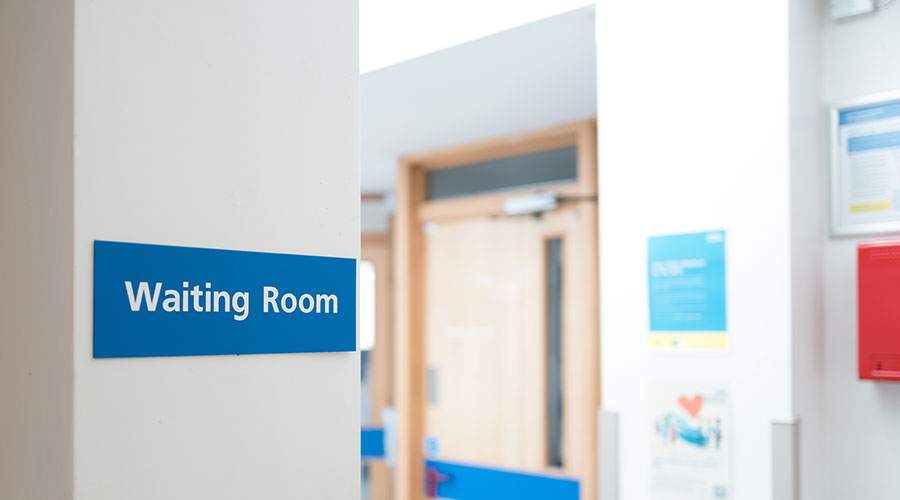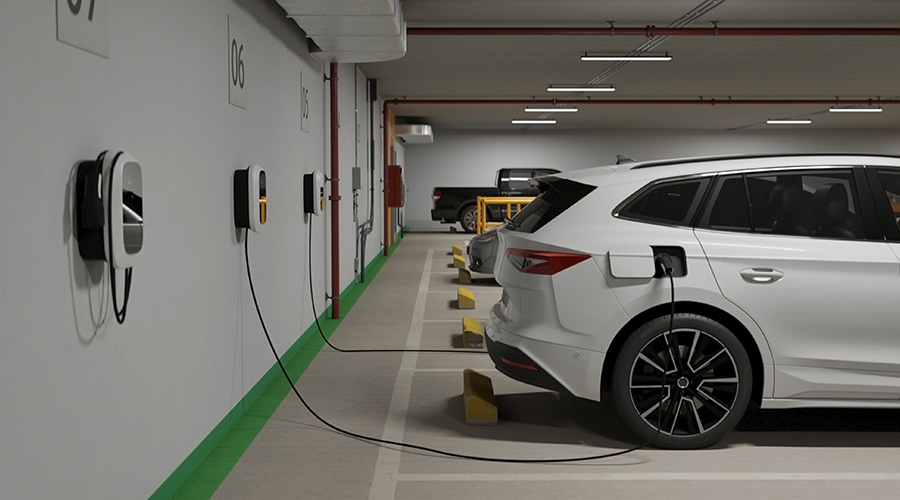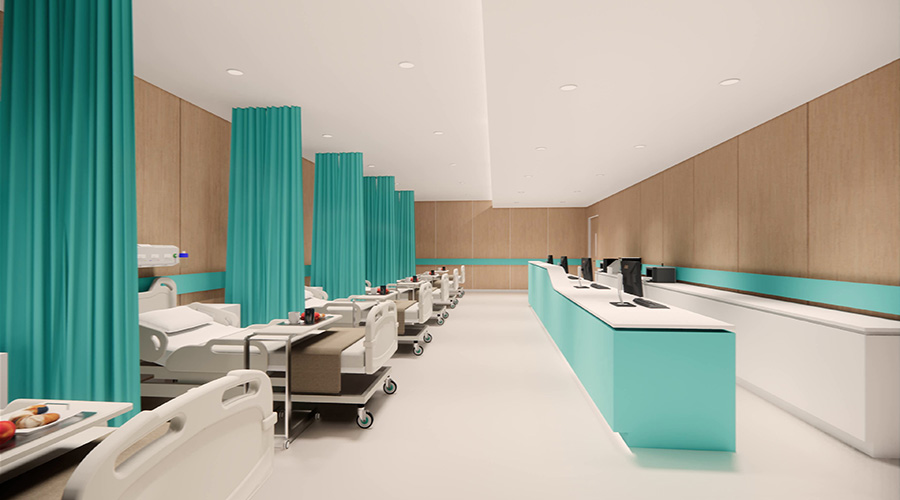Nearly everyone has felt that sensation of being lost. Whether it’s you missed your exit on the highway or you got separated from your parent at a busy shopping mall, the feeling of dread will settle in your stomach. This doesn’t have to be a common occurrence, though. Wayfinding can help anyone navigate their surroundings with less anxiety. This is especially helpful in senior care facilities as any stressors can play a detrimental role in one’s health.
Healthcare Facilities Today recently spoke with Aaron Woodward, senior designer, Kolano Design on how designers can make wayfinding manageable for a vulnerable group of people.
HFT: What role does flooring texture or contrast play in helping seniors navigate safely?
Aaron Woodward: Subtle contrast in flooring colors can help define walkways without creating visual confusion, while textured surfaces provide tactile cues that guide movement. Non-slip materials reduce fall risks. And avoid highly reflective surfaces to prevent glare, which can be disorienting. Additionally, flooring can also be integrated with wayfinding by applying graphics to help reinforce visual paths toward a destination.
Related Content: New Vision Institute Signage Developed by Kolano Design
HFT: Do you recommend the use memory cues, such as personalized doors or familiar landmarks, to help with orientation? Please explain.
Woodward: Yes, memory cues are an effective and time-tested tool which can assist in spatial recognition. These can be especially helpful in dementia care settings. Personalized doors help individuals recognize their own space. It’s common in such facilities for each resident to decorate their doors in a unique way. Each door can have a wreath which is unique to that resident. A door or it’s frame could be painted in a unique manor. In some situations, a resident may respond best to seeing a picture of themselves or loved ones (of any age) on the door or on a table near the door. Something distinctive to them which will help them know when they have arrived home.
Landmarks, such as unique furniture pieces, murals, or themed corridors, create environmental familiarity and reinforce memory. Studies have shown that well-placed memory prompts within the built environment contribute to a greater sense of autonomy and well-being for residents with cognitive impairments.
HFT: How do you test the effectiveness of your wayfinding systems before and after implementation?
Woodward: Architectural plans offer valuable insights during the initial sign programming, aiding in determining the best placement and messaging. It’s important to consider the field of view when entering a space and any potential blind spots to ensure signs are positioned effectively. On-site surveys and walkthroughs are recommended to ensure the as-built environment is consistent with any plans which have been provided. Document potential challenges and take photos to review and refine wayfinding around.
Mackenna Moralez is the associate editor of the facilities market and the host of the Facilities in Focus podcast.

 EV Charging Stations: Planning for Safety, Convenience, Expansion
EV Charging Stations: Planning for Safety, Convenience, Expansion Why Ambulatory Surgery Centers Are Turning to Dedicated HVAC Systems
Why Ambulatory Surgery Centers Are Turning to Dedicated HVAC Systems Ground Broken on UW Health University Row Medical Center
Ground Broken on UW Health University Row Medical Center Better, More Thorough Cleaning Saves Lives
Better, More Thorough Cleaning Saves Lives Encompass Health Opens the Rehabilitation Hospital of Amarillo
Encompass Health Opens the Rehabilitation Hospital of Amarillo